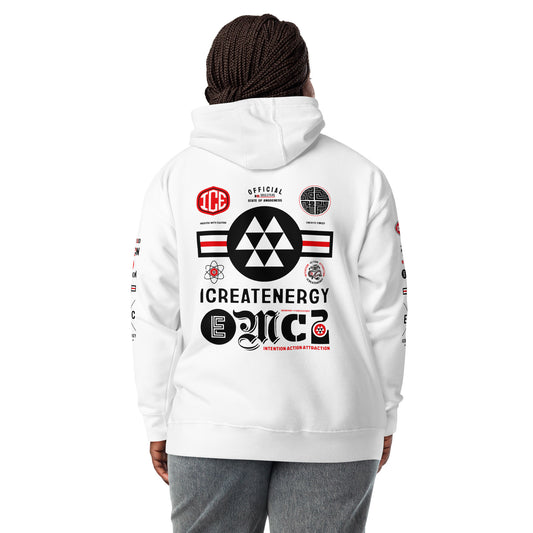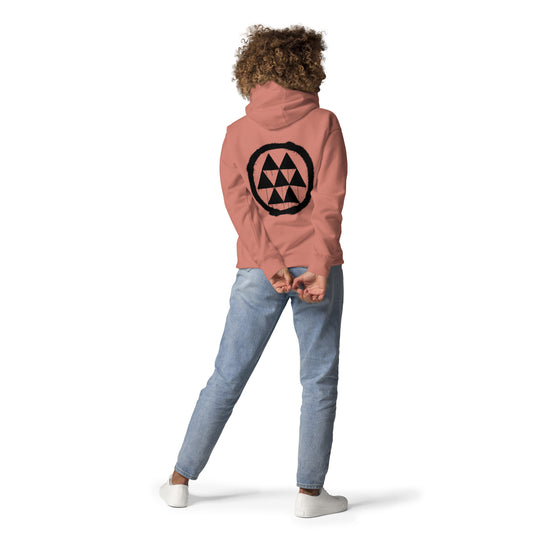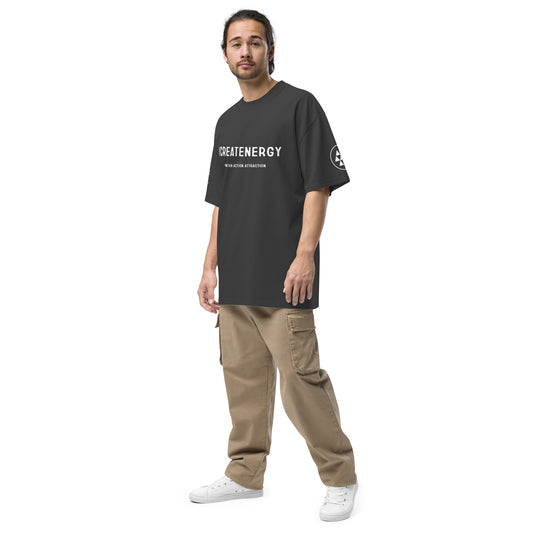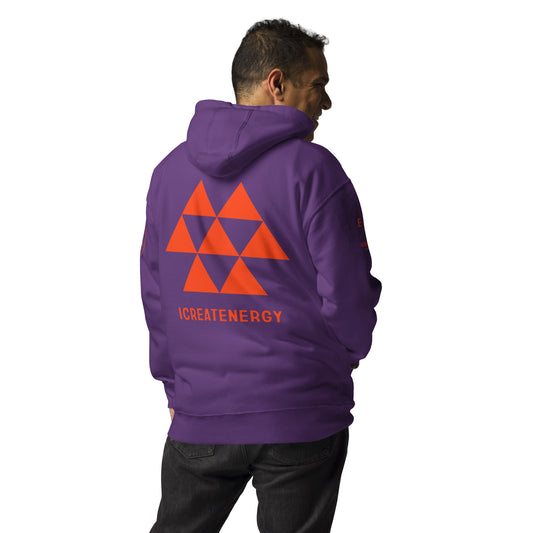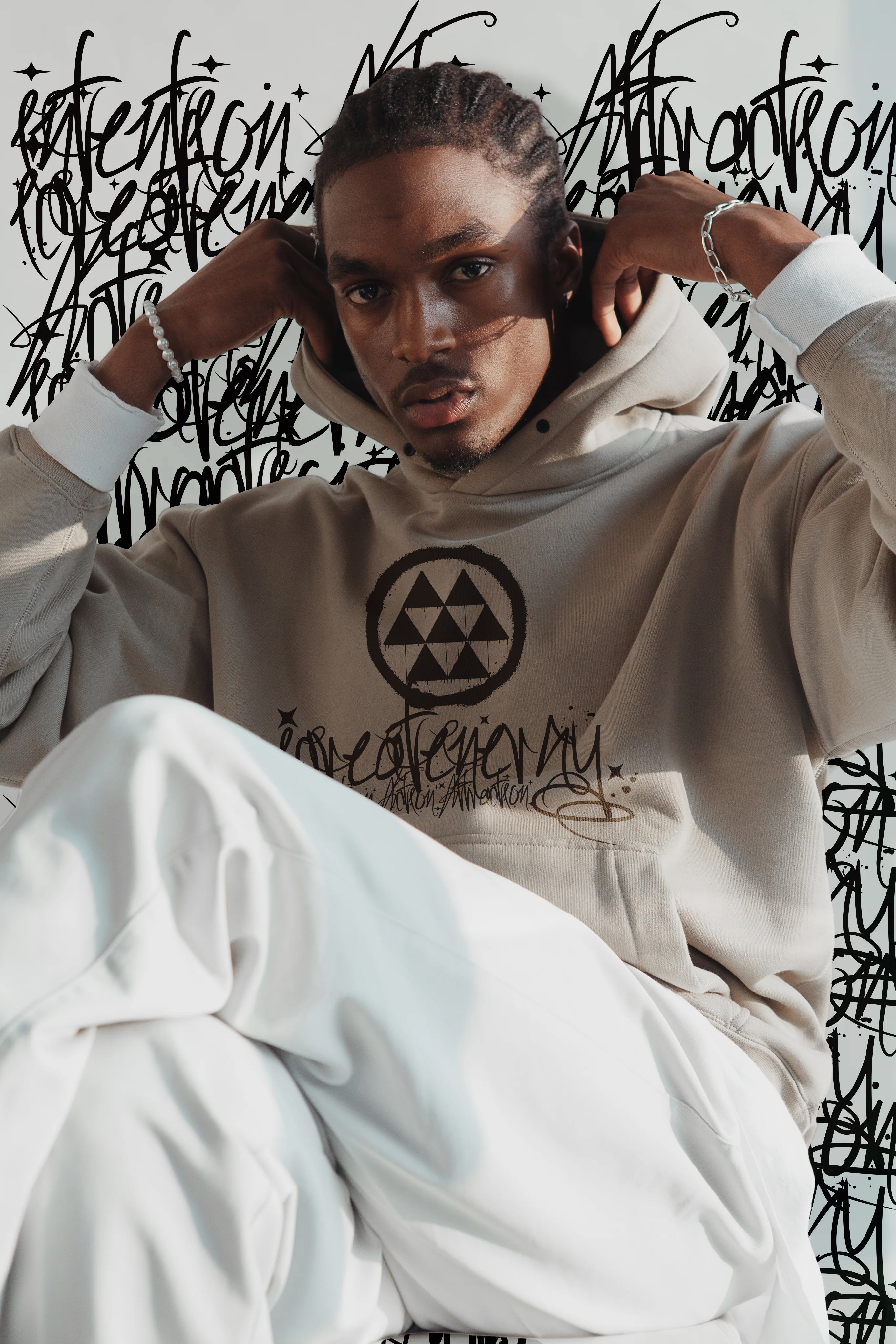
Browse our latest products
Featured products
-
00 CR8TV Forces Unisex Hoodie
Regular price $85.00 USDRegular priceUnit price / per -
00 Xig Xag Unisex Hoodie
Regular price $85.00 USDRegular priceUnit price / per -
01 SGNTR BLK Unisex Hoodie
Regular price $85.00 USDRegular priceUnit price / per -
01 SGNTR WHT Unisex Hoodie
Regular price $85.00 USDRegular priceUnit price / per -
01AS OVRSZD Unisex Tee
Regular price $65.00 USDRegular priceUnit price / per -
01AS Unisex Hoodie
Regular price $85.00 USDRegular priceUnit price / per -
1031 ArcheType T-Shirt
Regular price $55.00 USDRegular priceUnit price / per -
7T SGNTR BLK Unisex Hoodie
Regular price $85.00 USDRegular priceUnit price / per


